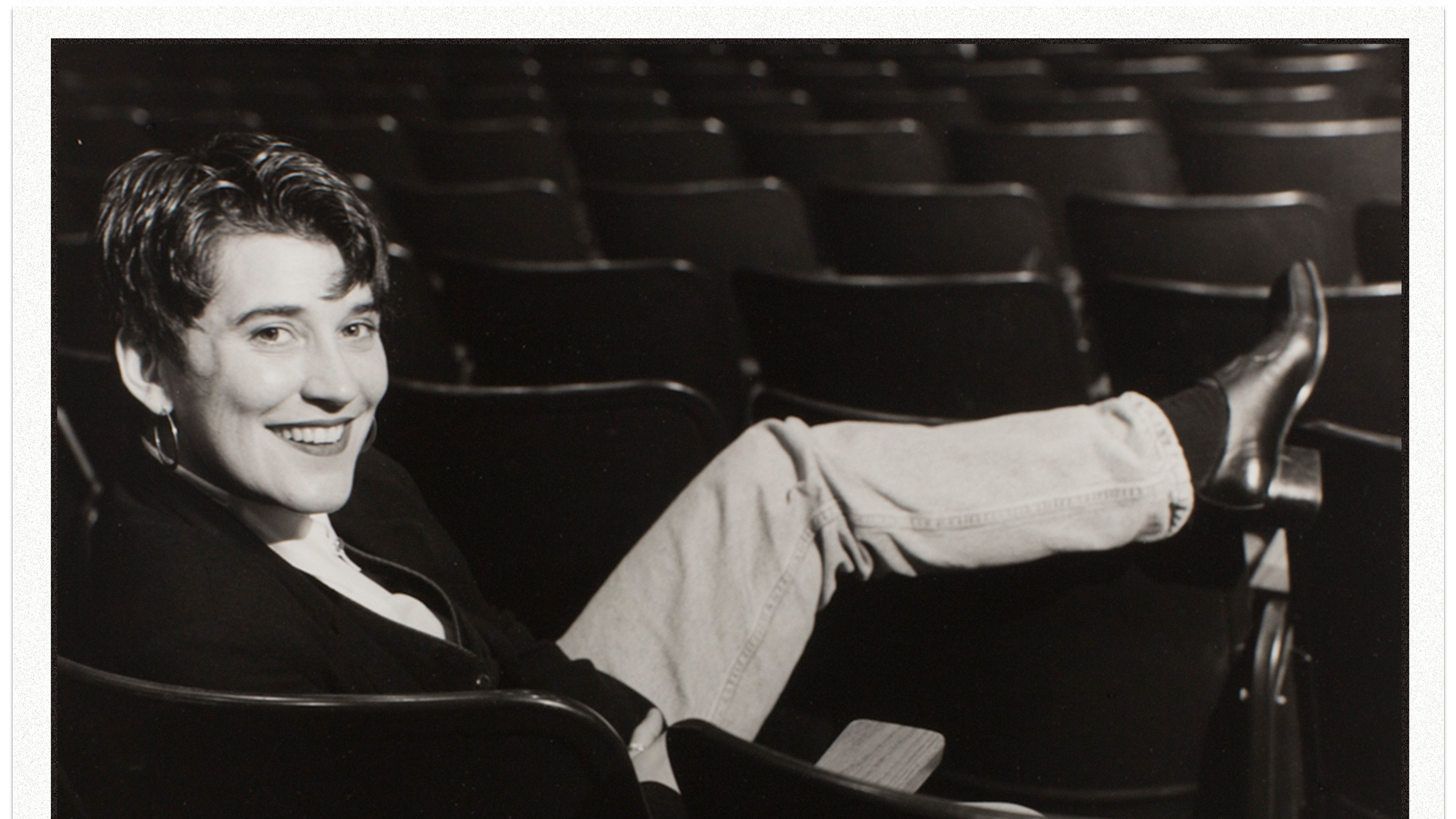An artist’s job, Kristy Edmunds says, is to solve problems.
“We look at a blank canvas and see that as a problem,” she explains. “Whether you’re on a stage, putting pen to a page, or deciding where to put your camera, artists log thousands of hours answering the question: Where to from here?”
At 28, in 1995, Edmunds found herself facing that very question. She was the curator for contemporary performing arts at the Portland Art Museum, but she didn’t have enough space or money to do justice to the city’s living artists.
“I thought, here we are in this beautiful Belluschi building, and its focus was a collection of collectors’ collections.”
When PAM, under the leadership of new director John Buchanan, focused on high-level donors and high-traffic shows, such as the Imperial Tombs of China exhibition, Edmunds realized that the museum’s space for contemporary art would shrink.
“At that moment, I knew I had to try to make a self-standing organization,” she says. “I had a moment of opportunity, and I knew I had to move quickly and with confidence and care.”
She quit her job at PAM and launched the Portland Institute for Contemporary Art in 1995. “Artists around the country thought I was completely out of my mind,” she says. “But they wanted to help me.”
Dozens of big names stepped up, including photographer Christopher Rauschenberg, composer Philip Glass, and actor Spaulding Gray, and Portland political, artistic and philanthropic leaders like Mike Lindberg, Vera Katz, Dan Wieden, Pat Harrington, Julie Mancini, Elizabeth Leach, William Jamison, Victoria Frey, and Joan Shipley, among many others.
“I had the great honor of being in relationships with these people who wanted to help provide a durable future for contemporary work,” Edmunds says.
PICA had no fixed abode in the early years, hosting wildcat shows like the Dada Ball in empty warehouses, deserted city blocks and makeshift lofts. Things heated up in 2003 with the first Time-Based Art festival, which drew throngs of fans to experience art and artists scattered around the city. The New York Times called it “the best contemporary summer festival in the country.”
Edmunds was impressed by the way the city’s leaders rallied around the project—even when they didn’t have a lot of money. “They strived to say yes instead of putting up roadblocks,” she says. “Yes to a parade, yes to Pioneer Square, yes to Jamison Park.”
Today, PICA has its own dedicated space in Northeast Portland and stages regular exhibitions to a diverse crowd of artists and enthusiasts who cross-pollinate ideas, practices, and talents. Attendance at TBA topped 26,000 this year.
Edmunds is now director of the Massachusetts Museum of Contemporary Art but returns to Portland frequently and believes the city remains a place of incredible creative vitality.
“I learned at light speed the ethics of trying to lead something and having a mission that served more than yourself. I learned those things from the creative and civic ecology of Portland,” she says, “Everything I’ve gone on to do came from me learning to do those things in Portland.”
For the city to go forward, Edmunds suggests going back to the fundamental artistic questions: “How do I help? How do I give beyond myself? What can I do that will make a difference?”
Next Story > 1995: Pentium Pro
 Opens in new window
Opens in new window
